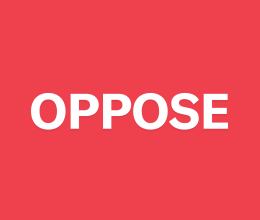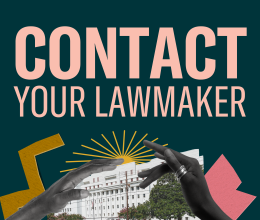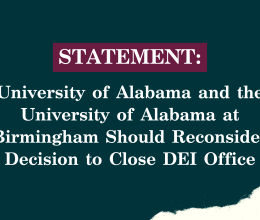
Last week, a school principal and security guard threatened a senior named Summer at Hickory Ridge High School in Harrisburg, North Carolina, with arrest for violating her school dress code because she was wearing a shirt that showed her collarbone and shoulders. Defiant, she spoke out — protesting the discipline and refusing to budge until the principal called her mom — though she did put on a jacket. After the school suspended her, threatened her with expulsion, and barred her from walking in graduation, many of her classmates protested her treatment on social media — and the case blew up in the press.
Such nonsense isn’t confined to North Carolina.
The same week, a Massachusetts' charter school made headlines for penalizing two African-American sisters for violating their school dress code by wearing their hair in braids with extensions. The state attorney general has ordered the school to modify its policy, and the ACLU, the NAACP Legal Defense and Education Fund, and the Lawyer’s Committee for Civil Rights have jointly filed a complaint with the state education department on her behalf. And a similar case just arose in Florida, where a student, Jenesis Johnson, was told her Afro was “extreme and faddish and out of control” and told she could not return to school unless she changed her hairstyle.
These cases are the latest examples of schools drawing mounting protest — and even legal action — based on their dress codes. Yet dress codes are ubiquitous, which may leave you wondering where the line is between a permissible dress code and unlawful discrimination. The short answer is that while public schools are allowed to have dress codes and uniform policies, they cannot be discriminatory or censor student expression.
Here are a few of the basics on what public schools can and can’t do when it comes to dress codes.
- Dress codes can’t be explicitly discriminatory. That means that while dress codes may specify types of attire that are acceptable, these requirements should not differ based on students’ sex or their race, for that matter — though race distinctions in dress codes tend not to be overt. This is because, under federal laws protecting against discrimination in education, Title IX and the Constitution’s equal protection guarantee, schools can’t base either a dress code or its enforcement on sex stereotypes — generalizations about what types of clothing or appearance are appropriate for a boy or a girl. For example, a dress code can’t require girls, and only girls, to only wear skirts or dresses and boys, and only boys, to wear pants or a jacket and tie. The same goes for ceremonial events and special occasions, like prom, yearbook photographs, or graduation. A school can specify “formal attire,” or even “gowns or tuxedoes,” but it can’t require that girls, and only girls, wear gowns or that boys, and only boys, wear a tux.
- All students, whether transgender or cisgender, must be allowed to wear clothing consistent with their gender identity and expression. Again, this is because the clothing we wear is part of the way we express our identity and because schools can’t stereotype students’ appearance or behavior based on their gender or sex assigned at birth.
- Dress codes that are targeted at or unevenly enforced against particular groups of students may violate laws prohibiting race and sex discrimination. Dress codes are frequently unevenly enforced against girls for wearing clothing that is considered a “distraction” to boys in the classroom — reinforcing stereotypes about how “good girls” dress and privileging boys’ ability to concentrate over girls’ comfort and ability to learn.
Though today’s dress codes are unlikely to be explicitly race-based, there can also be stark racial overtones. The Malden policy — in addition to prohibiting hair extensions, a style predominantly worn by Black girls — also prohibits “hair more than 2 inch (sic.) in thickness or height.” The policy thus effectively prohibits many Black students of either sex from wearing their hair “naturally” without cutting it extremely short — making it abundantly clear which students the school is concerned about distracting versus being distractions. This type of intersecting race and sex discrimination is illegal.
- Schools can’t discriminate based on the viewpoint expressed by your clothing. The Supreme Court has recognized that public school students do not “shed their constitutional rights to freedom of speech or expression at the schoolhouse gate.” The First Amendment prohibits schools from picking and choosing which views students are allowed to express. All views have to be treated equally, so long as they are not obscene or disruptive. This means that if a school permits items like t-shirts with slogans, buttons, or wristbands, it has to permit them no matter what message they express.
- Grooming codes regulating hair length, jewelry, or ear piercing can raise many of the same issues, though the courts have been less consistent about applying antidiscrimination laws in those contexts. For this reason, protections may vary greatly based on where you live. Note also that school dress or grooming codes may have to be adapted when they conflict with students’ religious freedom, such as prohibiting headscarves.
What this boils down to is that schools’ authority to impose dress codes is not unlimited. Students should be informed of their rightsso they can speak out if there are violations. And school administrators would do well to reexamine their dress codes to guard against being the next target for protest, whether in the classroom, on the internet, or in court.
Click here for a handy fact sheet outlining your rights related to school dress codes, gender, and self-expression.


